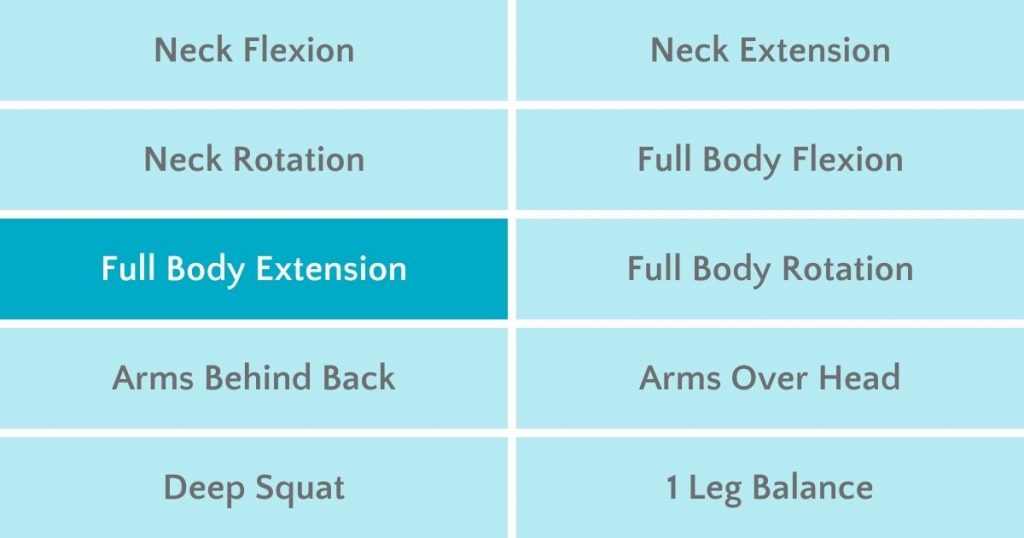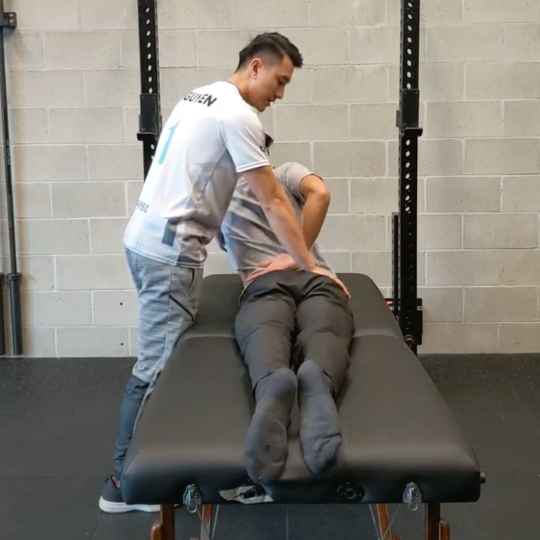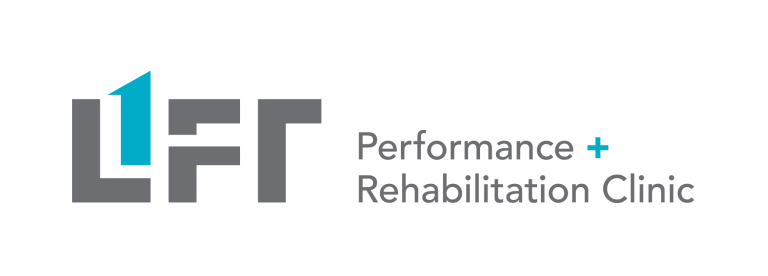Beat pain and optimize your back and hip mobility with Lift Clinic’s team of Vancouver physio, chiro, RMT and strength coaches!
Full body extension is one of the many assessments we perform during our full body screen. This movement requires adequate mobility from your upper back, lower back, and hips. These movements are essential for everyday tasks and athletic movements such as jumping.
Read through this post to learn about the assessment techniques that our physiotherapists, chiropractors, RMTs, and kinesiologists to find the root cause of pain or limitations in the movement.
This post is a continuation of our blog series on our full body assessment. If you haven’t already, visit our blog page to learn more about how we assess and treat other movements in the body.

For any given movement pattern, our treatment approach follows 4 primary steps:
- Assessment
Techniques used to test ranges of motion and find the root causes of limitations
- Reset
Hands on treatment techniques used to improve & restore limited range of motion
- Reinforce
Exercises or self treatments that help maintain the gains made from the reset techniques.
- Reload
Exercises that develop strength, resilience, and coordination for the desired movement pattern.
Visit our IG post to see assessment techniques in action
6 assessment techniques to find limitations in full body extension:

1) Top Tier Full Body Extension
This is the initial screen that we perform to get a sense of the client’s ability to get into extension throughout the body. We want to see if they can get the spine of the shoulder blade behind the heels and if they can get the ASIS (front part of the pelvis) over their toes. If a client is unable to pass these criteria, we’ll perform more “breakout” assessments to pinpoint the site of their limitations.

2) Prone Press-up
The top tier assessment mentioned above involves extension movements in both the back and the hips. In the press up assessment, we are taking the hips out of the equation and isolating the movement in the back. In the Press-Up Assessment, we want to see if the client can bend their spine back with a uniform curve, without lifting their hips too far off the table.

3) Lumbar Locked Rotation
To further isolate movements in the back, we’ll perform the Lumbar Locked Rotation Assessment. Here, we have the client sit back onto their heels which locks the lumbar spine (lower back) into place. We then get the client to rotate as far as they can in either direction. This gives us insight into the mobility of the thoracic spine (upper back) in isolation. Ideally, the client should have 55 degrees of rotation on both sides

4) Lumbar Rotation
Now that we have tested mobility in the thoracic spine, we will perform a similar assessment for the lumbar spine. Ideally, the client should have 30 degree of range of motion in this movement.

5) Modified Thomas
One of the assessments to assess extension movements in the hip is the Modified Thomas test. Here, we’ll have the client hold onto one leg and lower the other leg off the table. We want to see if their thigh can get parallel to the ground and if their knee can bend to 90 degrees. If the client cannot meet these criteria, it may indicate that there is tension in the flexion muscle of the hip or quad that can be treated.

6) FABER
The FABER is another assessment used to test the hip and sacroiliac joint. Here, the client will bend one knee into a figure four position and see how far they can lower it towards the ground. Ideally, the client should be able to drop their knee within two fists from the table (as pictured).
What's next?
After a thorough assessment of your full body extension, the next step is to treat the root cause of your limitations so you can get back to 100%. This will consist of a combination of hands-on treatment techniques as well as specific exercises.
Stay tuned for the next post in the series: Full Body Extension Resets
